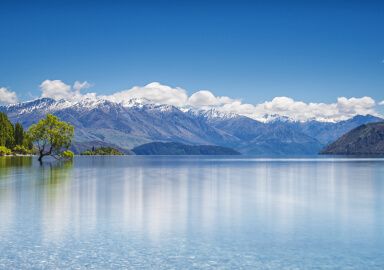Cod
Cod are a bottom and deep-water loving predator found in the northern areas of the Atlantic and Pacific Oceans.
View 20 listings
20
listings
–
price starting from
10
countries
–
to the nearest trip
Where and When?
The Atlantic cod is found from the Baltic Sea, where it is now rare due to pollution, southwards to the Bay of Biscay and then across the northern Atlantic Ocean to Newfoundland and south to North Carolina. The Pacific cod inhabits the northern Pacific Ocean from the Yellow Sea in the west, northwards and around the Aleutian Islands to Alaska and Canada, then south to about Los Angeles. Most recreational fishing for the Pacific species is carried out in the southern and eastern parts of its range and, as it does not grow as large as the other species, sport fishing is not as important.
The Atlantic cod has been the target of fishing for over 1 000 years and has been a very important part of many coastal peoples’ diet. In the 1990’s, some populations crashed by as much as 95%, and in some areas, where there was historically excellent cod fishing, there are almost no fish left. However, in other places, including some Norwegian Fjords, the fish are still abundant, and in others yet a partial recovery seems to be taking place. The cod is a cold water species, preferring temperatures of 32 to 40 degrees Fahrenheit, and may be caught throughout the year.
About Cod
There are basically two species of fish called “cod” - the Atlantic cod (Gadus morhula) and the Pacific cod (Gadus macrocephalus) - which are mostly found in the northern areas of the corresponding oceans. All cod are similar in colour: brown to greyish on the dorsal area, and blending to a lighter, silvery ventral side. The colour is not uniform but is “blotchy” with darker areas. They have a large mouth with countless small teeth and a single “barble” under the lower jaw. The Atlantic cod can grow to 1.8 meters (5 ft. 9 in), with a mass of about 50 kilograms (110lbs), but a typical big cod to be proud of is about 1.4 meters (4ft 7in). The Pacific cod is generally a smaller fish and reaches a maximum length of about one meter (3ft 3in)) and 15 to 33 kilograms (33 – 73 lbs).
All cod are mostly bottom feeders, and specialise on invertebrates, although they do occasionally eat fish. Both species are found from close inshore down to deep waters. Atlantic cod is seldom found below 1 000 meters (328 ft.), while the Pacific cod can be caught down to 3 000 meters (9 842 ft.). Both are shoaling species, especially when spawning and have discreet and different feeding and spawning areas. Most cod migrate but patterns vary by species and locality.
How to Catch?
Cod are bottom feeders most of the time and so fishing high in the water column for cod does not work. Depending on the area, circumstances, preferences and aspirations of the angler, cod may be targeted from the shore, pier or from a suitable boat. Shore fishing usually targets fairly small cod and so medium tackle can be used with smallish flesh baits.
Most sport angling for cod takes place from boats and much serious cod fishing is carried out offshore, in deep, or even very deep, water. Fishing for large cod in deep water requires a suitable tackle that usually consists of a heavy duty reel with a high line capacity and a short strong “fast” rod that only bends near the tip. Braid is generally better than nylon as, especially in deep water, much of the power of a strike dissipates along nylon, while with braid the full “strike” goes straight to the fish. A minimum of 50 lb rated braid is most useful.
Cod take almost any suitable bait and seem to feed on the dominant food available - whatever it may be. Good baits to use are mussel, crab, worm or squid and the fresher the better. Fish and even live bait can also be used for larger specimens. Jigging - the use of heavy lures with embedded hooks - is now a popular, fun and successful way to catch good cod.








